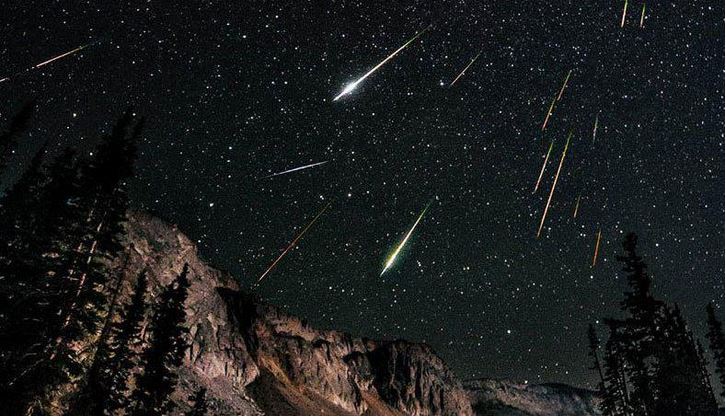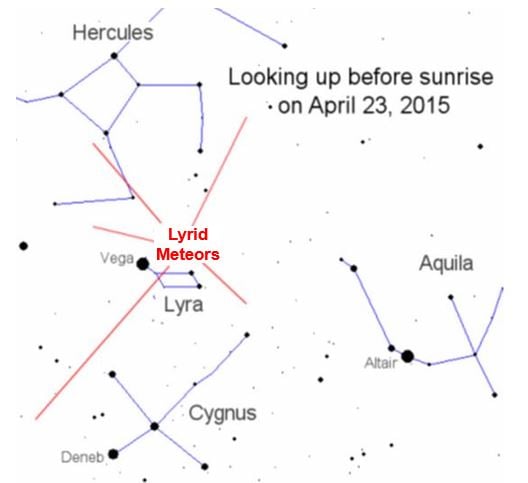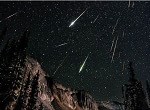The Lyrid meteor shower peaks tonight, say British astronomers. With clear skies forecast for most of the UK this evening, get up from your armchair and enjoy the shooting star spectacle. The light show is likely to be at its most spectacular after midnight.
The best place on the planet to see the light show is the Northern Hemisphere, particularly northern Europe.
The Lyrid meteor shower, also known as the April Lyrids, consists of particles of dust shed by the long-period Comet C/1861 G1 Thatcher, discovered in 1861 by Professor A. E. Thatcher of New York. It is the strongest annual shower of meteors from a comet.

Records describing the April Lyrids date back 2,700 years, when Chinese astronomers first observed them.
During their annual visit, from about 16 to 25 April, one can expect about 5 to 20 meteors per hour, averaging about 10. In 1982, a particularly active shower produced around 90 per hour.
The record we know about was in 1803, when a ‘storm’ of meteors brought up to 700 per hour. According to NASA, a journalist in Richmond, Virginia, wrote:
“Shooting stars [were] observed on Wednesday morning last at Richmond and its vicinity, in a manner that alarmed many, and astonished every person that beheld it. From one until three in the morning, those starry meteors seemed to fall from every point in the heavens, in such numbers as to resemble a shower of sky rockets…”
According to the Royal Observatory in Greenwich, at midnight from London on 23 April the radiant will be about 34° above the eastern horizon. The best place to look for meteors is at a distance of about 90 degrees from the radiant in any direction, where meteors tend to be brightest.

The Royal Observatory says the best time to see them is between midnight and dawn.
Astronomer at the Royal Observatory, Dr Radmila Topalovic, said:
“The best place to see the Lyrids is to find an open field where you can see the whole of the night sky.
“The best time is a few hours after midnight where you can expect to see most of the bright streaks in the early hours of the morning.”
“Scan the sky over the course of the night as the meteors can pop out from any direction.”

